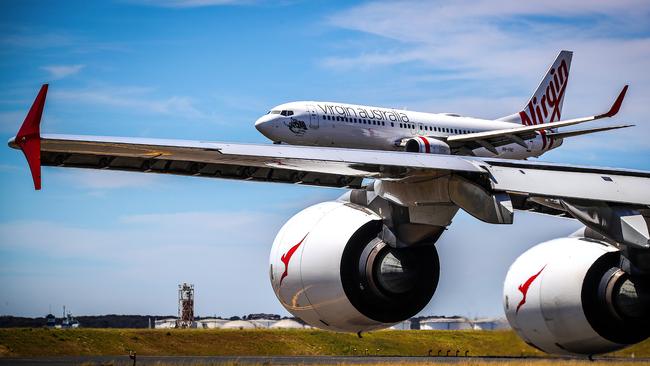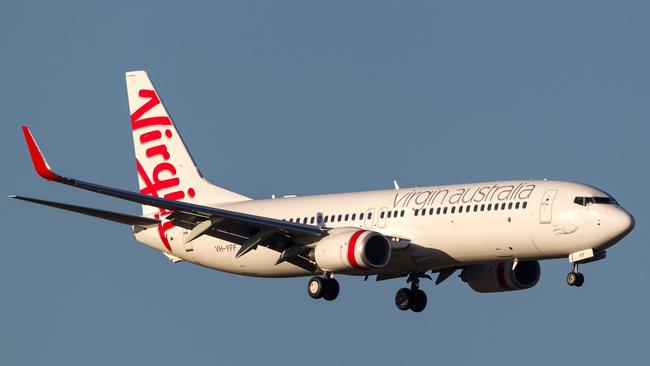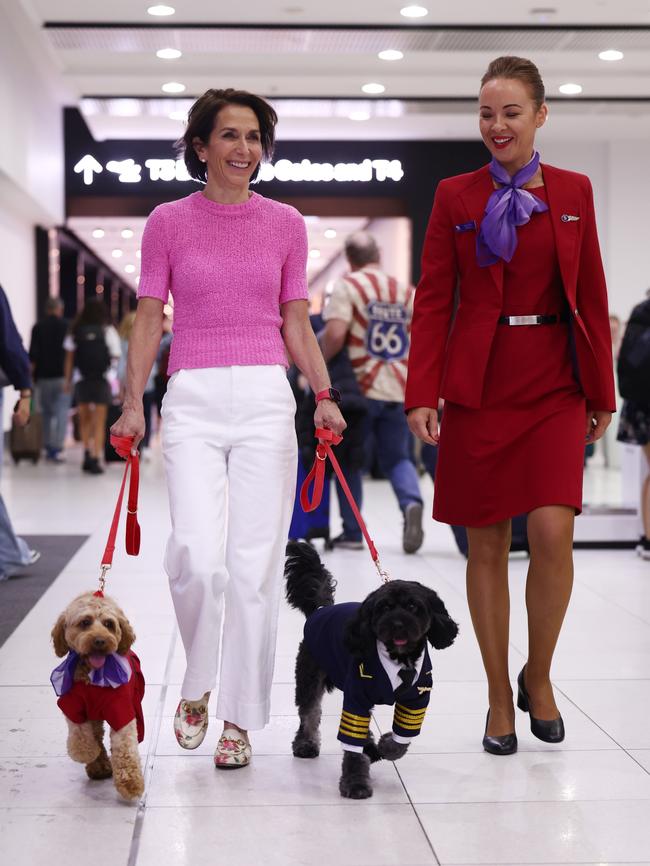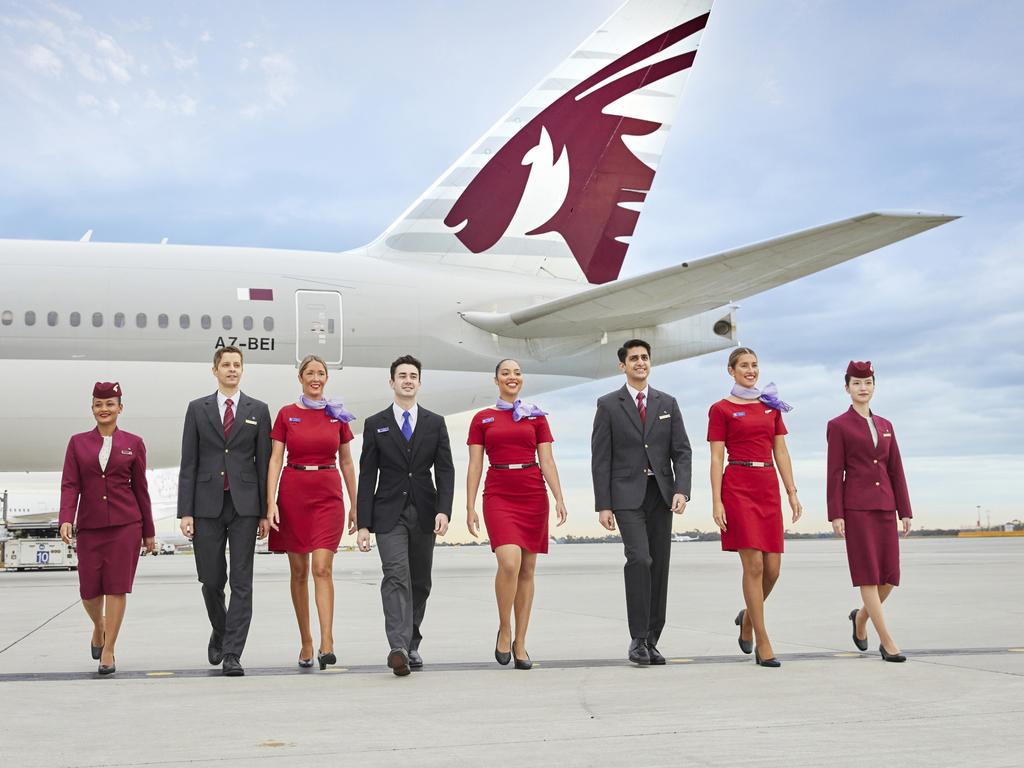JP Morgan report highlights the revenue divide between Qantas and Virgin Australia
Qantas is making twice as much revenue as Virgin Australia on one of the world’s most lucrative routes, raising questions over the airline’s mid-market strategy.

Qantas is making twice as much revenue as Virgin Australia on one of the world’s most lucrative routes, raising questions over the airline’s mid-market strategy as it continues to search for a new CEO to replace Jayne Hrdlicka.
A new report on Australian airlines by JP Morgan financial analyst Anthony Longo examined capacity, market share and revenue on 10 of the country’s busiest business and leisure routes.
On Melbourne-Sydney, Qantas had 5 per cent more market share than Virgin Australia in February and made almost twice as much revenue at $93m compared to $47m.
Perhaps even more worrying for Virgin Australia was the revelation that its yield per available seat kilometre on the route was 3 per cent lower than pre-Covid levels when the airline was recording big losses.

Qantas also pocketed double the revenue of Virgin Australia on Brisbane-Sydney, at $47.6m to $22.8m, and carried 20 per cent more passengers.
Even on routes where Virgin Australia flew more passengers than Qantas, including Brisbane-Melbourne and Cairns-Melbourne, Qantas still made significantly more money.
The report showed Virgin Australia carried 39.5 per cent of passengers on the Brisbane-Melbourne route compared to Qantas’s 36.7 per cent, yet Qantas collected $35.2m to Virgin’s $23m.
On Cairns-Melbourne where Qantas held only 18.1 per cent of the market compared to Virgin Australia’s 31.1 per cent, Qantas still made $3.5m to Virgin’s $3.1m.
There were two routes where Virgin Australia did make more money than Qantas – Gold Coast-Sydney and Melbourne-Gold Coast – as a result of operating up to six times as many flights.
Respected aviation commentator Peter Harbison said the sizeable gap in revenue and yields between Qantas and Virgin Australia was due to the fact many passengers were willing to pay more to travel on Qantas.
He said that was largely thanks to Qantas’s hugely successful frequent flyer program, the airline’s larger lounge network and invitation-only Chairman’s Lounge.
“As a result of those factors, (Qantas) has pretty much the whole corporate market now, well over 80 per cent of the corporate market, which is intrinsically high yielding,” said Mr Harbison. “Those factors mean people will still fly on Qantas even if Virgin is cheaper for a similar product.”

He said it was still too early to say if the decision to adopt a “mid-market strategy” after the sale of Virgin Australia to US private equity firm Bain Capital was right or wrong.
After collapsing with debts of more than $7bn, Virgin Australia was given a new lease of life by Bain and a makeover that saw several lounges closed, fares lowered and free food axed.
Dozens of corporates jumped ship to Qantas in response, but Virgin Australia managed a return to profit in 2023, and appeared set to remain in the black in 2024.
By 2025, Virgin Australia plans to become the first Australian carrier to allow small pets in the cabin, in a key point of difference to its rival.
Mr Harbison said Virgin Australia was in the difficult position of being “severely sandwiched between two powerful airlines” – Qantas and Jetstar – at either end of the market. “It’s also to some extent in limbo while it seeks a new CEO and with a private equity group that will be reluctant to lay out more funds to improve the product,” he said.
A Virgin Australia spokesman said repositioning as “a value carrier” had been central to the airline’s return to profitability. “In the 2023 financial year we recorded our first profit in more than a decade and in the first half of the 2024 financial year our results were stronger still,” he said.
“We always seek to provide great value and choice to travellers across our domestic and short-haul international network.”







To join the conversation, please log in. Don't have an account? Register
Join the conversation, you are commenting as Logout